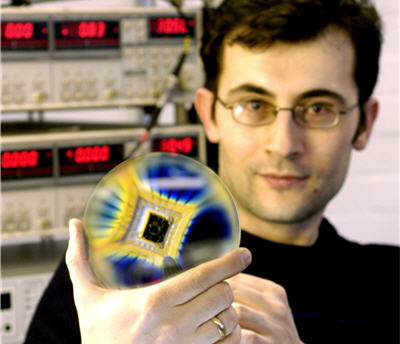Nokia scores $1.35bn grant for graphene development

Nokia Corporation (NYSE: NOK) and the European-based consortium Graphene Flagship received a $1.35 billion grant this week from the European Union for research and development of the super-material graphene, reports the Nokia blog.
“When we talk about graphene, we’ve reached a tipping point. We’re now looking at the beginning of a graphene revolution. Before this point in time, we figured out a way to manufacture cheap iron that led to the Industrial Revolution. Then there was silicon. Now, it’s time for graphene,” said Nokia Research Center leader Jani Kivioja, adding he expects it will improve existing materials and products to make them better than before.
Graphene, which is extracted from graphite, is a two-dimensional ultra-thin sheet of carbon atoms. It is the best conductor of heat and is 40 times stronger than steel. It is also a semiconductor whose electrical conductivity is 1,000 times better than silicon’s. Some people predict it will become the material of choice for computer chips.
“Now we have all the ingredients in place to be globally successful. We believe that new two-dimensional materials will have an impact on industrial value chains in many ways, creating opportunities for new products, services and economic growth,” said Tapani Ryhänen, head of Nokia’s sensor and material technologies lab.
“There is a huge opportunity to bring manufacturing back here [to Europe], while using new materials and at the same time keeping manufacturing industries competitive.”
Key applications of graphene include flexible electronics, functional lightweight components and advanced batteries. New products include electronic paper and bendable personal communication devices, as well as lighter and more energy-efficient airplanes. Longer term, graphene is expected to give rise to new medical applications such as artificial retinas.
Hat tip, BGR and Tom’s Hardware.
Image: University of Manchester
More News
{{ commodity.name }}
{{ post.title }}
{{ post.date }}

Comments